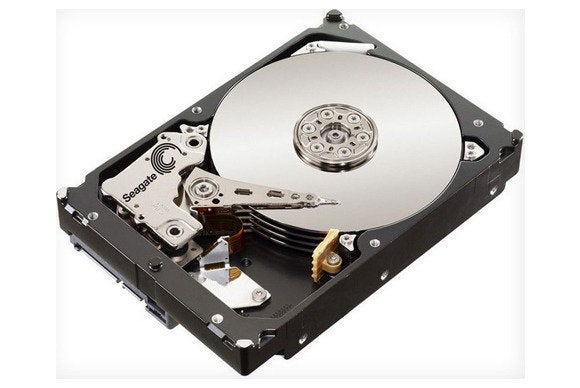How To Format Seagate Hard Drive For Pc Mac Bootcamp
Oct 25, 2012 Or would I use disk manager in Windows upon installing bootcamp to format the external hard drive partition created in OSX as NTFS? Instead of creating a 2TB mirror array, I was thinking of just separating the disks and using each disk separately.
Related Articles
- 1 Format a USB Drive in Fedora
- 2 Format the OCZ SSD Drive for a Mac OS
- 3 Move a Page File to an SD Card
- 4 Format SSD on a MacBook
If you've purchased a Seagate hard disk drive to use on one of your office computers, you can partition it in Apple's Disk Utility application running on a Mac. Along with preparing drives for Macintosh computers, Disk Utility also can ready them for use on Windows PCs. Unless you're trying to repartition the startup drive on your Mac while you're booted from it, you can launch Disk Utility without restarting your Mac.
1.Locate the Launchpad icon in your Dock – a brushed-aluminum circle with a drawing of a rocket – and click on it. Click on the 'Utilities' icon in the set of application icons within Launchpad. The other icons vanish, and a dark-grey band drops down from the Utilities icon, displaying your utility programs. Click on 'Disk Utility' to launch it.
2.Look in the list on the left side of the Disk Utility interface for the name of the drive you want to partition, and click on the applicable listing. Note that drive names appear flush left in the list, with the names of their partitions indented below them in alphabetical order. Even a drive you format as one unified piece of storage space contains a partition equal in size to the addressable size of the mechanism.
3.Click on the 'Partition' tab at the top of the Disk Utility interface. If you clicked on a partition name instead of a volume name in the list, the tab won't appear.
4.Set a volume scheme using the drop-down menu of the same name, or use the '+' and '-' buttons below the Volume Scheme area to add or remove partitions from its list. Click on the listing for each partition in the Volume Scheme list and enter a name, format and size. To alter partition sizes interactively, drag the dividers between them in the Volume Scheme list up or down. Select any partition that you plan to use as a startup disk for the Mac OS and click on the 'Options' button to set its partition as GUID. To format and partition a disk for use on a Windows PC, use Master Boot Record as your partition scheme.
5.Subdivide an existing drive partition to reallocate its space without losing the data already on it. Click on a pre-existing partition in the Volume Scheme list, and click on the '+' button. This procedure divides the existing partition in half, unless it's more than half full. In that case, Disk Utility divides the partition unequally, with one portion sized to hold existing data and the other created from the rest of the partition space.
You can change the date to any other date that you want. Open the table by double-clicking its name. Open the Access database and open the only table in there, called TableTargetDate. Free countdown timer for powerpoint mac download. This opens a new window with the current table content or row information. This database contains a table to store the target date (New Year’s day) and a query to calculate the difference between now and New Year.
6.Click on the 'Apply' button to set up your drive with the partitioning scheme you created. Once Disk Utility finishes creating them, your partitions' names appear in the list on the left side of the Disk Utility interface.
Tips
- To erase and partition an internal disk so you can install a bootable copy of the Mac OS, restart your Mac and hold down 'Command-R' to enter Recovery mode so you can use its copy of Disk Utility.
- If you're creating a partition to use with Boot Camp on a Mac, use the Boot Camp Assistant, also among your Mac OS utilities, rather than Disk Utility.
- Unless a Disk Utility Volume-Scheme listing must scale up in height to accommodate a long partition name, the individual segments' sizes correspond to the relative sizes of the partitions, making the Volume Scheme function like a column graph.

Warning
- Repartitioning a disk drive through Disk Utility can destroy the data on the drive, even if you only subdivide an existing partition, and will destroy the data if you completely repartition the drive. If your drive mechanism contains valuable data, back up its contents before you repartition it.
References (2)
Resources (1)
- Mac OS X Lion: The Missing Manual; David Pogue
About the Author
Elizabeth Mott has been a writer since 1983. Mott has extensive experience writing advertising copy for everything from kitchen appliances and financial services to education and tourism. She holds a Bachelor of Arts and Master of Arts in English from Indiana State University.
Photo Credits
- Medioimages/Photodisc/Photodisc/Getty Images
